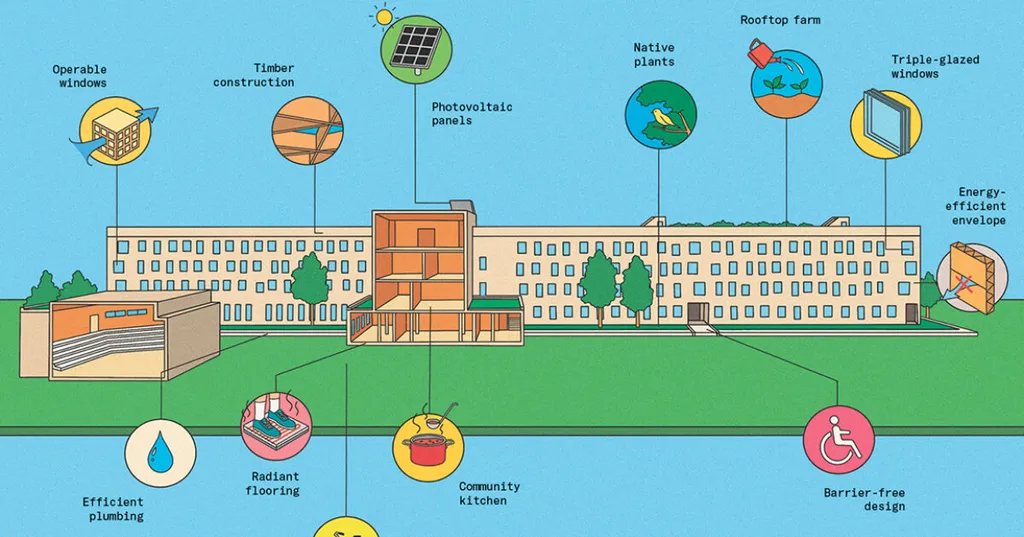In the heart of Toronto, a groundbreaking study is reshaping how we think about building energy simulations and retrofits, with significant implications for the energy sector. Led by Jackson Adebisi from the Department of Architectural Science at Toronto Metropolitan University, the research, published in the journal Buildings & Cities (translated to ‘Buildings and Cities’), is set to enhance the accuracy of energy modelling for existing buildings, paving the way for more effective decarbonisation strategies.
The study focuses on the heating, ventilation, and air conditioning (HVAC) systems in offices and multi-unit residential buildings, two critical sectors in the building stock. Adebisi and his team delved into municipal and industry partner data to uncover the typical HVAC systems used in these buildings, categorizing them based on building topology, size, and vintage. This granular approach allows for a more nuanced understanding of the building stock, moving beyond the one-size-fits-all archetypes currently used in energy simulations.
“Our study expands the available archetypes by investigating typical HVAC systems used for offices and multi-unit residential buildings in the City of Toronto,” Adebisi explained. “By increasing the granularity of existing archetypes and presenting them for ASHRAE climate zone 5 A, retrofit modelling for Canadian buildings will improve in accuracy.”
The implications for the energy sector are substantial. Accurate energy modelling is crucial for identifying the most effective retrofits to reduce energy consumption and greenhouse gas emissions. By improving the accuracy of these models, Adebisi’s research can help energy providers and building owners make more informed decisions about retrofits, leading to significant energy savings and reduced carbon emissions.
Moreover, the study also explores the relative benefits of individual building retrofits versus district utility retrofits under both current and decarbonised thermal and electricity source conditions. This holistic approach provides a comprehensive view of the energy landscape, enabling stakeholders to make strategic decisions that maximize energy efficiency and minimize environmental impact.
The research is particularly relevant in the context of Canada’s commitment to achieving net-zero emissions by 2050. As the country works towards this goal, accurate energy modelling and effective retrofits will be critical. Adebisi’s study provides a valuable tool for achieving these objectives, offering a more precise way to model and retrofit existing buildings.
In the broader context, this research could shape future developments in the field of building energy simulations. By demonstrating the value of granular HVAC system characterizations, Adebisi’s work may inspire similar studies in other regions and for other building types. This could lead to a more comprehensive and accurate understanding of the global building stock, facilitating more effective energy policies and strategies.
As the world grapples with the challenges of climate change, studies like Adebisi’s offer a beacon of hope. By improving our understanding of building energy use and retrofits, we can make significant strides towards a more sustainable future. The energy sector, in particular, stands to gain from these insights, as it navigates the complex landscape of decarbonisation and energy efficiency.

